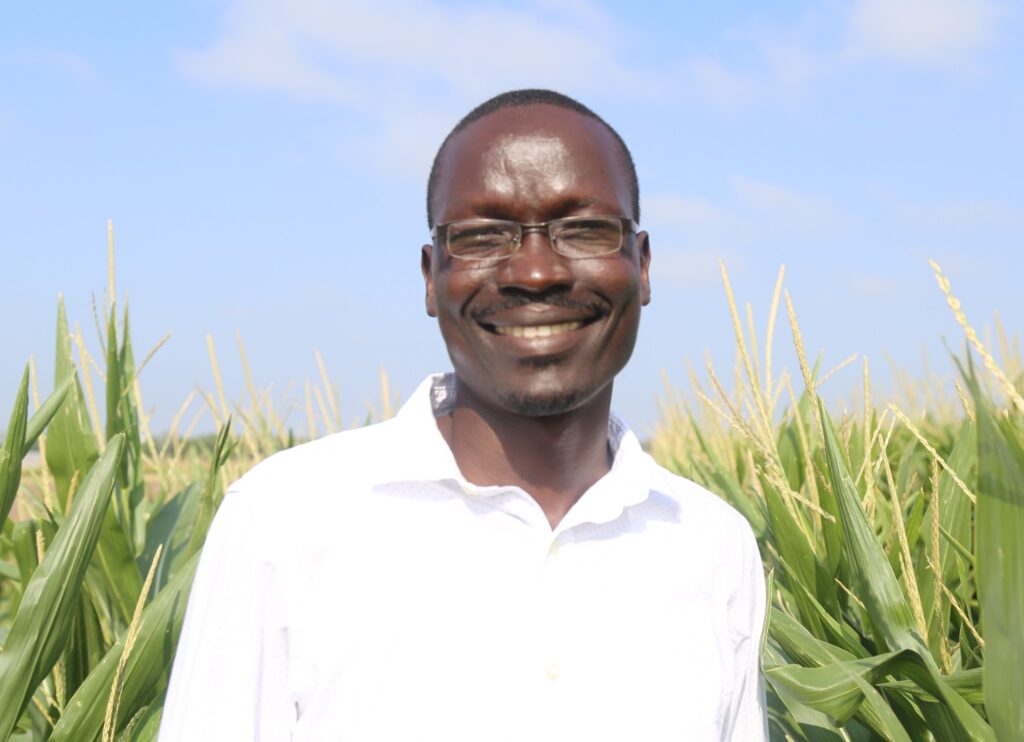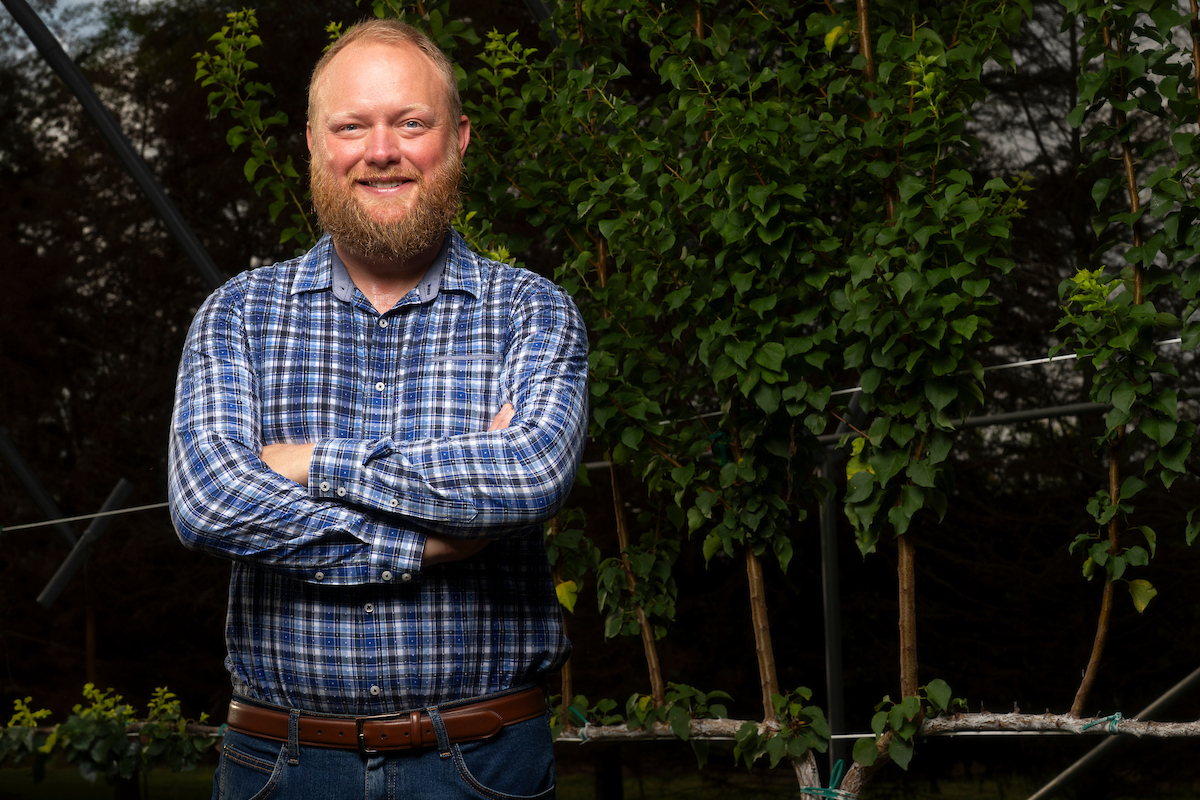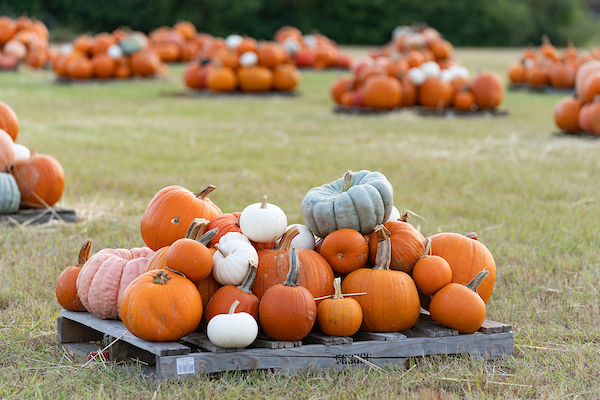Texas A&M AgriLife Research and Extension Center in Weslaco adds soils specialist
Peter Omara brings extensive experience in soil fertility, agronomic outreach and application
The Texas A&M College of Agriculture and Life Sciences Department of Soil and Crop Sciences has added a soil specialist with international experience in crop nutrition, soil fertility and biofortification to its faculty at the Texas A&M AgriLife Research and Extension Center at Weslaco.

Peter Omara, Ph.D., Texas A&M AgriLife Extension Service soils specialist, began working at the center April 1.
Before taking this position, Omara was a postdoctoral research associate at the University of Florida. He has a doctoral degree in soil science and a master’s degree in plant and soil science from Oklahoma State University in Stillwater. He also has a postgraduate diploma in project planning and management from Uganda Management Institute and a bachelor’s degree in agriculture from Gulu University in Uganda.
“It has been over 35 years since the department has had an AgriLife Extension agronomist at the Weslaco center,” said Larry Redmon, Ph.D., professor and associate department head, Bryan-College Station. “We were excited to have the opportunity to fill the position and equally excited to have Peter join us.”
Redmon said Omara is a soils agronomist who can work across a broad spectrum of crops — from field crops to forages and beyond.
“He brings a wealth of experience to the position, and I am looking forward to watching his extension and applied research programs grow,” Redmon said.
Weslaco center director Dirk Hays echoed the excitement about having Omara join the center and said he will contribute to the variety of expertise the facility and its people provide to the agricultural community.
“We have an expertise in extension pathology and vegetable production as well as research expertise in vegetable and forage breeding, crop physiology, agricultural engineering and plant molecular biology,” Hays said. “Peter’s essential expertise helps fill a critical void in our service to our Rio Grande Valley stakeholders.”
Practical experience with agronomic outreach, application
Omara’s practical experience in extension agronomical outreach and application includes work at the University of Florida’s West Florida Research and Education Center in Jay. There he collaborated directly with farmers to conduct on-farm trials to update nitrogen fertilizer rates for cotton production. He also participated in organizing field days for corn and cotton advisory boards and worked with farmers to establish in-season fertilizer needs using plant tissue samples.
While with the Department of Agronomy, Faculty of Agriculture and Environment at Gulu University, Omara provided extension services on soil fertility to small-holder farmer groups in Northern Uganda, including women and youths. He also conducted field scouting and preliminary diagnoses, sampled soil for laboratory confirmatory tests and prescribed crop nutrition remedies. Other efforts included working with farmers on agronomic iodine biofortification of vegetables and instructional visits to farmer groups in Northern Uganda on general agronomic practices of cowpea and cabbage production.
“I previously participated in applied research and outreach activities in Oklahoma, Florida and Uganda with direct application to small and large farms,” Omara said. “I feel confident that I will leverage on these past experiences to help row crop producers in South Texas sustainably improve their productivity and income.”
He said one of his primary focus areas will be fertilizer use.
“Fertilizer is probably one of the inputs to which producers allocate a significant number of resources,” he said. “Unfortunately, crops do not utilize every pound applied with 100% efficiency, so I hope to use my expertise in experimental methods to improve fertilizer nutrient use efficiency to increase productivity and income for producers here in the Valley.”
Research on soils and agronomic crops
At the West Florida Research and Education Center, Omara also designed and implemented experiments for research projects focusing on nitrogen testing and fertilizer recommendations for cotton and corn production. He initiated crop treatments and field maintenance practices using advanced technologies, statistical analysis and crop modeling. He also established experiments to compare different controlled-release fertilizers for rain-fed corn production.
His work as a graduate research associate in the Department of Plant and Soil Sciences at Oklahoma State University included designing and implementing field trials focused on fertilizer use and soil nutrient management. One trial tested the interactive effect between biochar and inorganic nitrogen fertilizer on corn grain yield and nitrogen use efficiency.
He also developed a statistical model to predict winter wheat grain yield and cereal grain nitrogen-use efficiency in addition to studying the impact of no-till practices on soil organic carbon, total soil nitrogen, nitrogen-use efficiency and winter wheat grain yield.
Omara’s other research included work on iodine agronomic biofortification, designing an experimental protocol to evaluate the efficacy of iodine agronomic biofortification of cowpea and cabbage using laboratory-grade potassium iodate and iodide fertilizers.
“Cotton is still a big crop here in the Valley, but the interactions I have had so far with producers tell me cotton fertility is currently overlooked,” Omara said. “I would like to pick current best management practices that optimize nutrient use and maximize return for cotton producers.”
He said it is also important to note that with the region’s current drought situation, many farmers prefer grain sorghum to cotton cultivation.
“Grain sorghum and other row crops common in the Rio Grande Valley require translational research to recommend best management practices that suit local production conditions,” he said.
Collaborating with producers on practical applications
Omara said he is looking forward to learning more about the South Texas area and its agronomic needs and will work with producers as well as other Texas A&M AgriLife personnel to meet those needs.
“I feel this position will be a challenge as well as an opportunity, and I hope to leverage an incredible network of soil specialists and agronomists from other Texas A&M AgriLife centers,” he said. “Collaboration and networking will be key to successful delivery of innovative crop production methods.”





